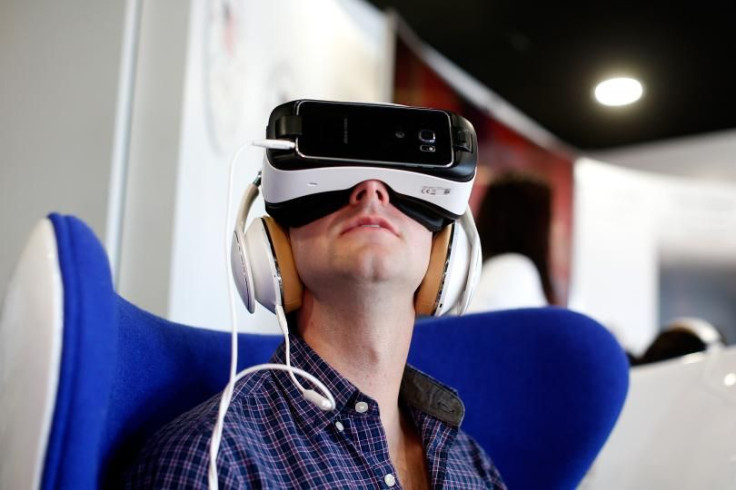New Developments In VR-Brain Wave Integration Displayed At TechCrunch Disrupt

The advent of virtual reality was seen as a game changer, with the market was always poised to see a VR boom, a complete takeover in sectors like entertainment and gaming. VR was seen as the next-big-thing, but that seamless transition to it hasn’t happened yet and companies are vying to be the ones to fuel the technology’s growth.
According to a company called Looxid Labs, gathering emotional responses from users and customizing the VR experience based on that could trigger the wow factor in VR. Research and analysis of data collected over time and creating a database of emotional responses to assist in tailor-made experiences could be where the technology is headed in the future, the company said at TechCrunch Disrupt Battlefield, adding its own future lies in integrating brain waves into VR headsets.
The products that do document user data, like VR unicorn MindMaze and demos from Samsung, actually rely on tracking facial muscles, while some others read lips and use AI intuition to predict possible emotional responses. What Looxid is trying to do is to use EEG (electroencephalogram) with eye-tracking to directly track your actual emotional responses, by looking for spikes in activity and pupil dilation and combining that with algorithms to more accurately know how you’re feeling.
EEG tech has never seen viable application in day-to-day technology on a wide consumer basis. But Looxid is not looking to flood the markets in the near future. What they did is, lay down a blueprint for what could be a revolutionary visual experience for users. Could this take VR over the edge and into much-awaited mainstream success?
The LooxidVR enables the software to gather and use all the emotional responses available. The link between emotional responses and physical signs is an extensively covered subject. The research kit and analytics product from this company will enable other VR companies to more effectively process the data at hand.
The constant communication with the display and the response from the user could help track where these responses were directed at. This, in turn, could help build a database on what triggers responses in a user and help deliver a more customized user experience. Also, the tech could track when a user is confused during a VR experience, link it to what triggered it and tweak it to enable better experiences.
The insights delivered are measured across three different emotional ranges. Knowing when you are happy or sad, dominant or submissive, and excited or depressed will cover an entire spectrum of human emotions.
Emotion tracking has closely been observed as the next step for VR. Companies are looking for a way to easily collect and integrate these responses into a headset. An EEG might not be the most elegant solution but Looxid’s focus on research kits could help fuel a tide of tweaks and betas in this sphere to give this technology the bite it needs.
This most certainly is a low-risk, low-reward scenario according to a TechCrunch release. Focusing on research at an early stage could help better this technology so that the inevitable bugs can be worked out inside the lab rather than flood the market with prototypes that will just sidetrack the growth that this tech could see in the near future.
© Copyright IBTimes 2024. All rights reserved.





















